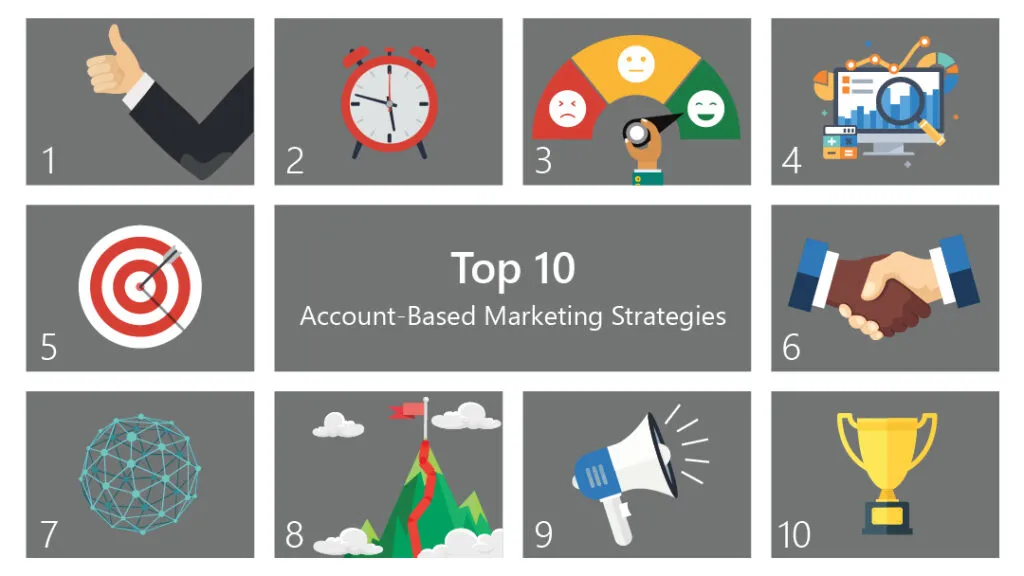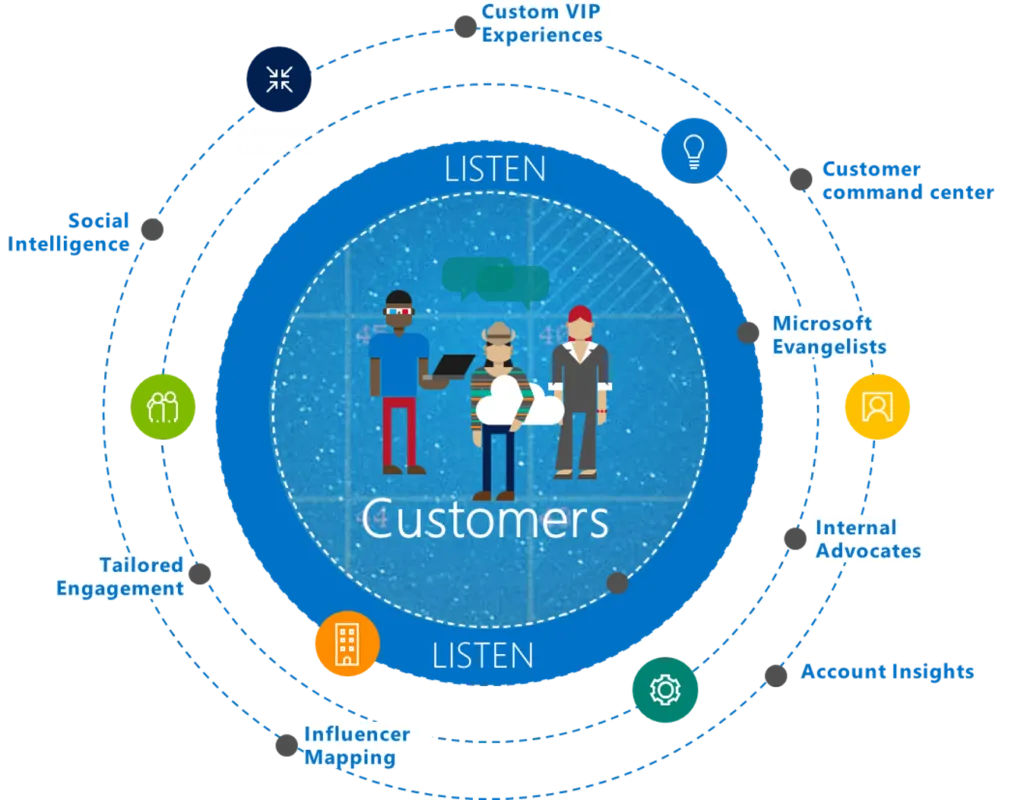
Putting the Customer First: Lessons in Account-Based Engagement

Author: Carrie Holmes | Director, Account Based-Engagement, Microsoft US
David Ogilvy, one of the founders of Ogilvy & Mather advertising agency once wisely said, “Don’t count the people you reach; reach the people that count.” These words are especially important today. With the advances of technology across advertising, marketing and sales, we have shifted our focus in marketing to mass reach and scaled automation striving to deliver a stream of marketing qualified leads as a way to demonstrate our value in the sales cycle. But here’s the downside. By focusing so much on scale and automation we risk diluting our relevancy to the customer. When 74% of the buying journey is done before sales is ever in the conversation (IDC) and there are more stakeholders now in this buying committee than ever before, we really do have to think differently about what engagement looks like.
To break through, it’s important to flip our engagement approach putting the customers – and their imperatives – at the center. It requires us to think first in terms of what the customer needs. If we start with a core understanding of what the customer is aspiring to do and then shape our engagement around that – it fundamentally changes the way in which we approach the conversation. We have learned to listen, adapt, and personalize the way in which we connect so we can rise above the digital noise and break through with the people that count. This is where Account-Based Marketing (ABM) has become an incredibly powerful strategy for us to meet our customers on their terms with offers and experiences tailor-made for them.
Although the idea of ABM has been around for a long time, the emergence of technologies like marketing automation have created a new opportunity for marketing to scale personalization. Now that’s interesting. Layering on a high-touch marketing strategy like Account Based Marketing together with our account intelligence, gives us a way to drive relevant conversations with the people that matter in our top accounts based on how and where they want to engage.
Top 10 Things We’ve Learned (so far):
- Get Buy-in. Seriously, do not “pass go” without having Sales Leadership commitment. ABM will not work if sales is not onboard so taking the time to educate and persuade your sales leaders is the first step.
- Be Patient. Account-based marketing is a proven force multiplier, but it takes time. You will get pressure to show immediate returns but the value in this approach is a compound benefit over time. It’s important to set this context early with leadership.
- Lead with “What’s in it for them”. Don’t underestimate how much time you will need to invest in educating and communicating with all levels of sales to ensure they understand the long-term value and the need to lean in.
- Do your homework. Before you ever talk to the sales team, do your homework. Look at the account plans, review marketing engagement, social listening, annual reports, 10K etc. so that when you walk into the planning meeting with sales you can say, “ Here’s what I know about your account and here are the areas where ABM could help.” This changes the dynamic and you will immediately be at the strategic table.
- Get aligned. The outcome of the planning sessions with sales is to define a custom account engagement strategy. Locking on the priorities where ABM will focus and defining a relationship map are foundational.
- Make sure sales understands the Give / Get. ABM relies on the partnership between sales and marketing. Make sure sales is committed and understands the quid pro quo. Also make sure they understand that if they don’t engage, they risk having their account removed from ABM coverage… ABM does not work if its only marketing-led.
- Connect the Dots. ABM is a marathon and that also is true about how we think about the engagement with the customer. It’s not about demand generation or single moments in time. It’s about nurturing the relationship for the long term. Instead of disconnected random acts of marketing – It’s about a connected customer journey tailor-made to influence the account from within.
- Be clear on what success looks like. ABM success metrics are on a continuum that span relationship and revenue KPIs ABM success builds on itself over time. It’s really important to land this early on with leadership.
- Communicate early and often. As you are giving your ABM program time to deliver impact you need to communicate its potential – often. It can be helpful to have a communication plan to promote your early wins to all levels of sales and marketing leadership. It can also be helpful to create a dashboard, so you have a consistent way to measure your progress overtime.
- Celebrate early wins. Stories are contagious and nothing works better as a motivator than a healthy level of competition. When sales teams see what other teams are doing with their customers, they immediately come to us and ask how they can get that for their customers. It creates momentum.
I don’t have a Number 11 but if I did, it would be that ABM is so much more than just marketing. We are pulling in all the resources we have across the organization and with our partners so we can deliver what the customer needs based on their imperatives. It’s really Account-based Engagement.
For those of you starting down your Account-Based Engagement journey remember… “Don’t count the people you reach… reach the people that count.”




